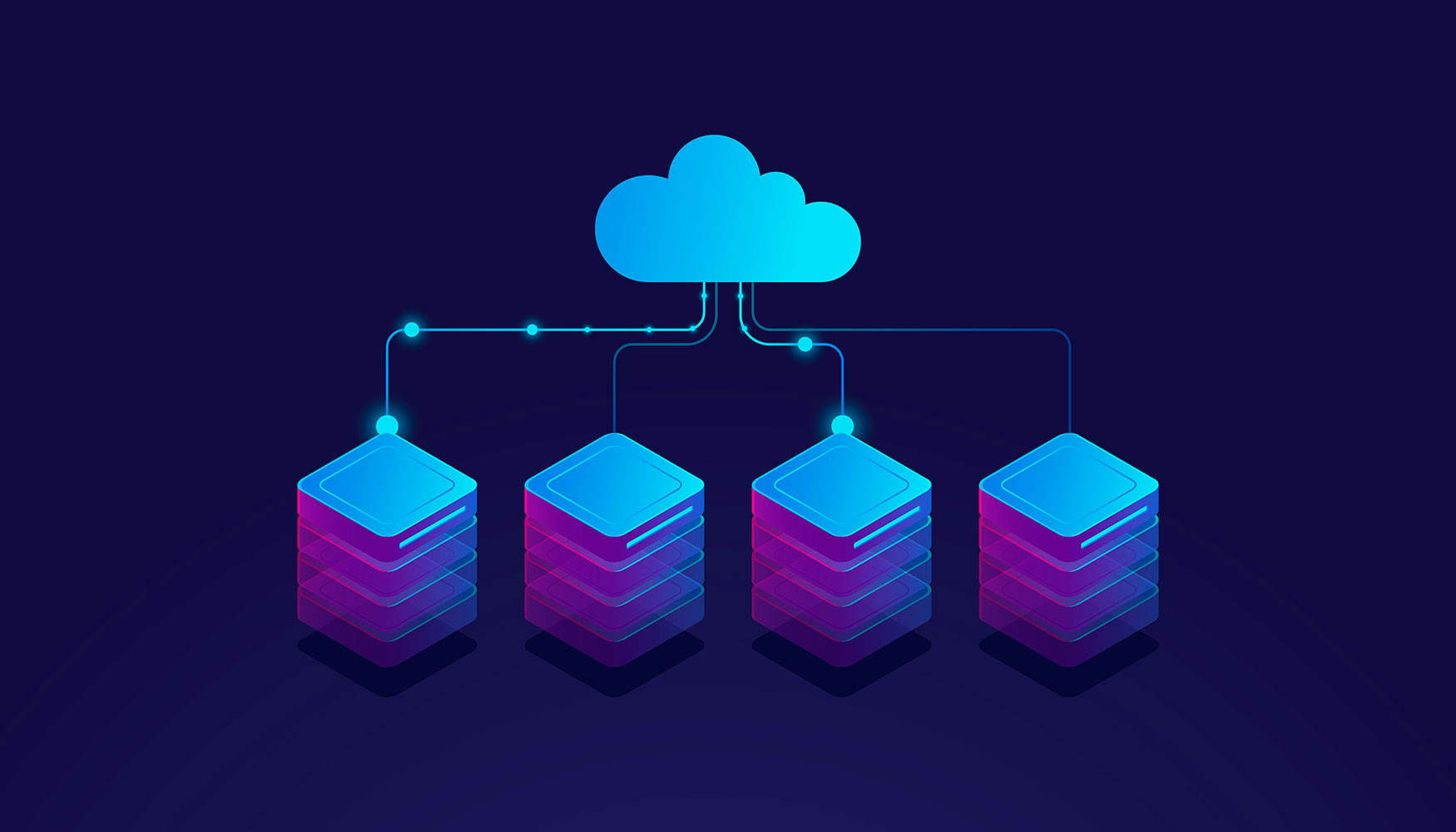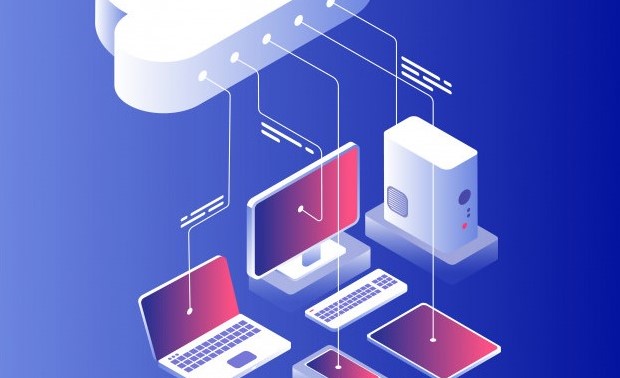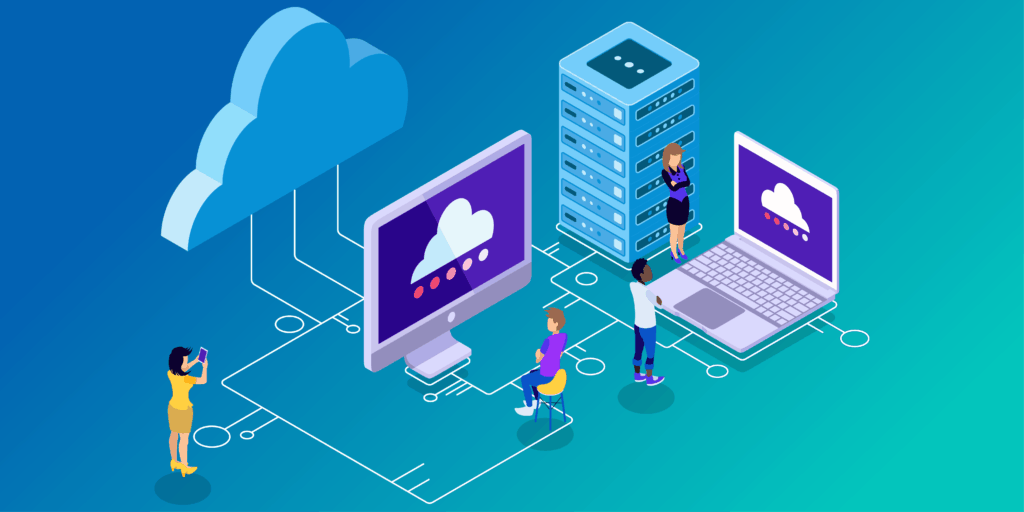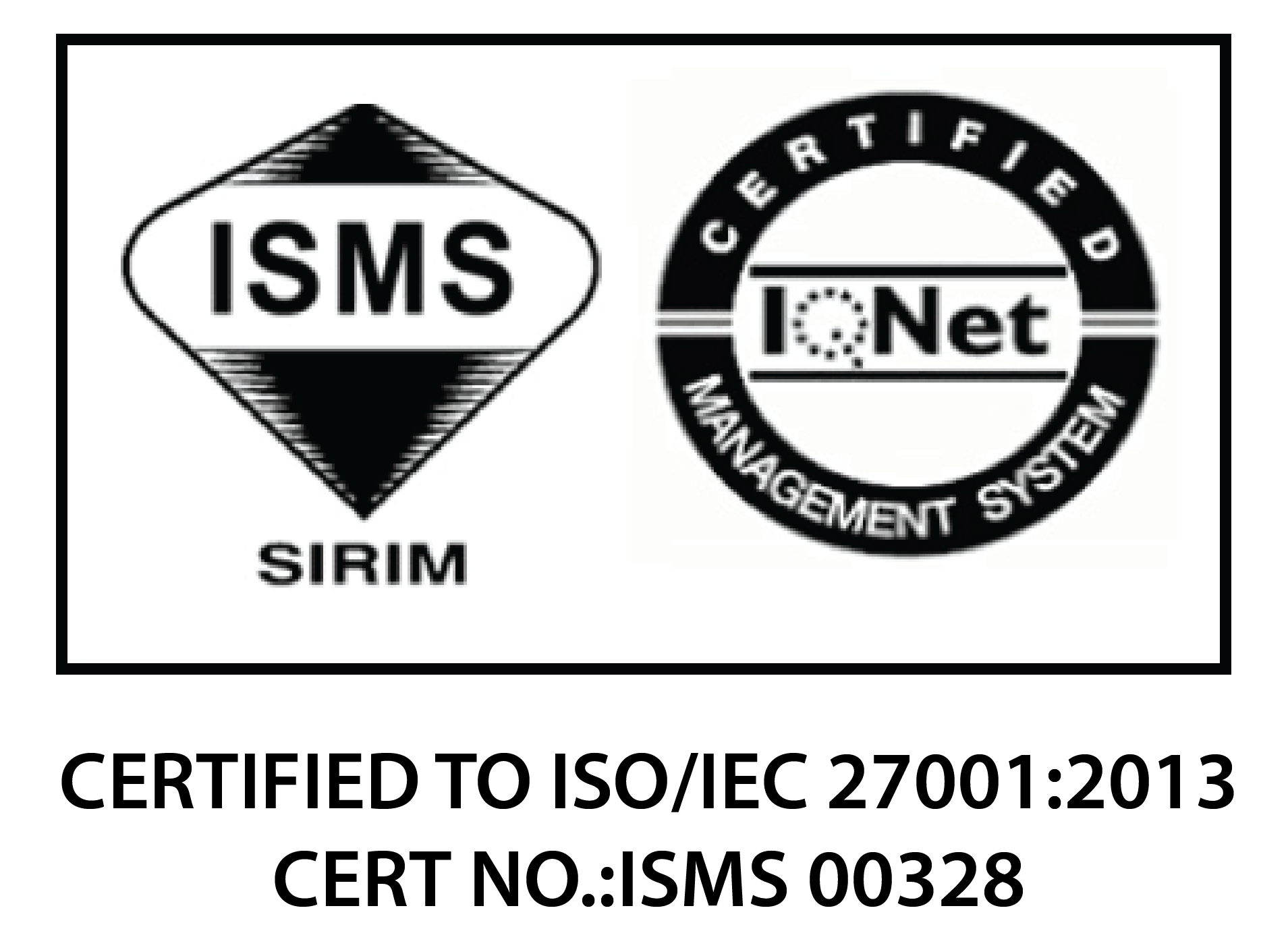To protect organisations from unforeseen risks such as human errors, cybercrimes, and natural disasters, many owners have begun to implement solutions such as a disaster recovery strategy. While it is advisable to do so, most backup and disaster recovery vendors and their clients tend to assume that the proposed solutions are effective. As a result, they overlook the importance of running disaster recovery drills. In this article, we will outline the significance of disaster recovery drills, followed by Aegis’ disaster recovery strategies.
Disaster Recovery (DR) Drills
A Disaster Recovery (DR) drill is a simulation of an organisation’s DR recovery plans and solutions. It involves testing, examining, and evaluating the DR plans to ensure that the organisation can recover data, continue operations, and restore business-critical applications during times of disaster. Some common focus of a DR drill includes application recovery, data recovery, communications, recovery point objective (RPO), and Recovery Time Objective (RTO).
While it is common to have organisations involving DR plans, many fail to invest time and resources into simulating their policies. This scenario can be caused by the restrictions and expenditures of running DR drills. However, without simulation and evaluation of DR plans, organisations risk having ineffective and unsuccessful recoveries in times of real disaster. This is because there is no evidence that the DR plans can execute as expected when disaster strikes.
Besides ensuring the effectiveness of DR plans, DR drills also aim to guide enterprises in reviewing, updating and testing their DR plans. Should any unforeseen disaster arise, the DR plans should meet the organisation’s RPO/RTO requirements. It is also vital to run DR drills whenever there are new and upgraded products. This is because very few business operations remain stagnant. Any change in business growth or expansion could knock your DR plan out of alignment.
Aegis Disaster Recovery As-A-Service (DRaaS)
Aegis Disaster Recovery As-A-Service (DRaaS) is the best model for businesses that require disaster recovery services that bundles with unlimited DR drills. With more than 10 years of proven workability track record, Aegis DRaaS proves to be a solution that empowers businesses to roll out the most workable and cost-effective disaster recovery plan. That being said, Aegis DRaaS promises business continuity during an emergency, minimising if not eliminating the outages and downtime caused.
To protect different organisations’ data and systems across heterogeneous platforms, Aegis launched two products that come with Aegis DRaaS:
1. Aegis Cloud Disaster Recovery (CDR)
Powered by Aegis 1PAT, this cloud backup/restore solution is made for both cloud and on-premise users. The Cloud infrastructure of this solution provides scalable back and front-end architectures. Besides, one of the fundamental features of this solution is to increase capacity and performance on-demand. Hence, with Aegis CDR, rest assured that you could enjoy maximum admin productivity and manageability while minimising expenditures and complexity.
Key features of Aegis CDR:
- Dual DR Site:
- To ensure infrastructure redundancy, Aegis offers two DR sites with the secondary site being complimentary. The primary Disaster Recovery Centre (DRC1) is in Cyberjaya, while the secondary Disaster Recovery Centre (DRC2) is based in Kuala Lumpur.
- 1Price-Any-Technologies (1PAT)
- To ease the complexity of selecting the right backup software for your business needs, Aegis CDR provides 1PAT – a cloud backup service that license client to utilise any backup technologies at a fixed recurring price.
- Complimentary DR-In-A-Box (DRIB)
- To ensure fast recovery, a DRIB box will be put at client’s production site. DRIB is a consolidated appliance designed to cater for disaster recovery service equipped with built-in 1PAT and limited Aegis DRaaS.
- 100% Managed Services
- To ensures smooth manageability of backup and DR, Aegis CDR provides fully managed services include patch management, on-demand backup, restore, and replicate, as well as DR declaration.
- ISO 27001 ISMS certification
- Aegis CDR is the first and only Cloud Disaster Recovery service in Malaysia to receive this certification. This assures clients that Aegis CDR’s practises and processes are governed by strict data security and integrity protocols
2. Aegis Cloud Veeam Backup (CVB)
Aegis Cloud Veeam Backup (CVB) fully integrates with Veeam to provide the best cloud backup services that cater to on-premise clients. This solution comes with complimentary and unlimited DR resources. Besides, Aegis CVB promises fast and secure backup services that replicate any on-premise data and store them in Aegis’ Cloud. Veeam on-premise users can also leverage on Aegis cloud’s disaster recovery services and privileges.
Key Features of Aegis CVB:
- Offsite Backup
- Existing on premise Veeam clients are eligible to backup to Aegis Cloud to enjoy free and unlimited access to Aegis DR resources.

What’s in Aegis DRaaS?
Now that we have discovered the Aegis solutions that are accompanied by Aegis DRaaS, it’s time to unpack and outline what Aegis DRaaS offers.
1. Complimentary & Unlimited Cloud DR Resources
Aegis DRaaS contains Cloud DR Resources that are completely free. Such resources include:
- DR Virtual Machine (VM)
- DR Virtual Central Processing Unit (vCPU) and Virtual RAM (vRAM)
- DR Security
- DR Bandwidth
- DR Drill
- DR-In-A-Box (DRIB)
- Aegis Managed Service
A feature worth mentioning is that clients are entitled to free and unlimited DR drills in a year. This ensures the effectiveness of Aegis solutions.
2. Complimentary DR Seats
Aegis DRaaS offers up to 30 complimentary DR Seats for clients to perform their DR drills.
3. Dedicated Aegis DR Drill Team
With Aegis DRaaS service, you will enjoy full assistance from the professional and dedicated Aegis DR drill personnel. The team will aid in ensuring successful DR drills.
4. Complimentary Unlimited DR Drills
Clients can enjoy complimentary unlimited DR Drills in a year. This allows clients to ensure the effectiveness of their DR strategies.
Specialising in Cloud Disaster Recovery (CDR) services since 2009, Aegis is one of the pioneers in Malaysia’s cloud disaster recovery industry. The secure data backups and effective disaster recoveries make Aegis the best choice for organisations of all sizes and industries. These are all the key highlights about DR drills as well as Aegis DRaaS service offering. Find out more information regarding Aegis’ Cloud services and solutions.




